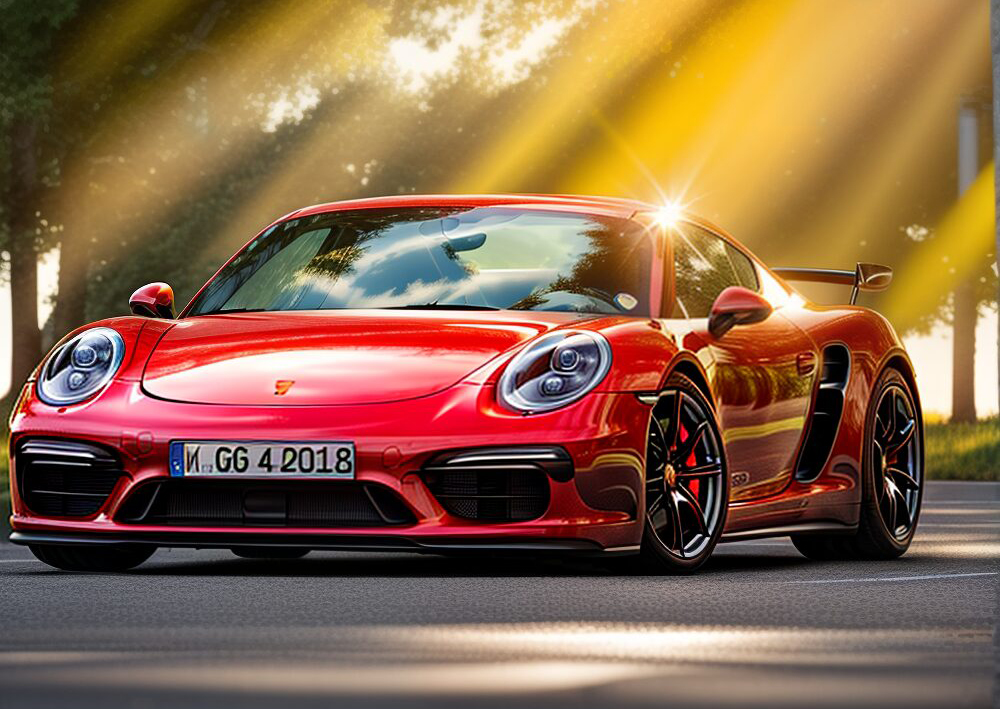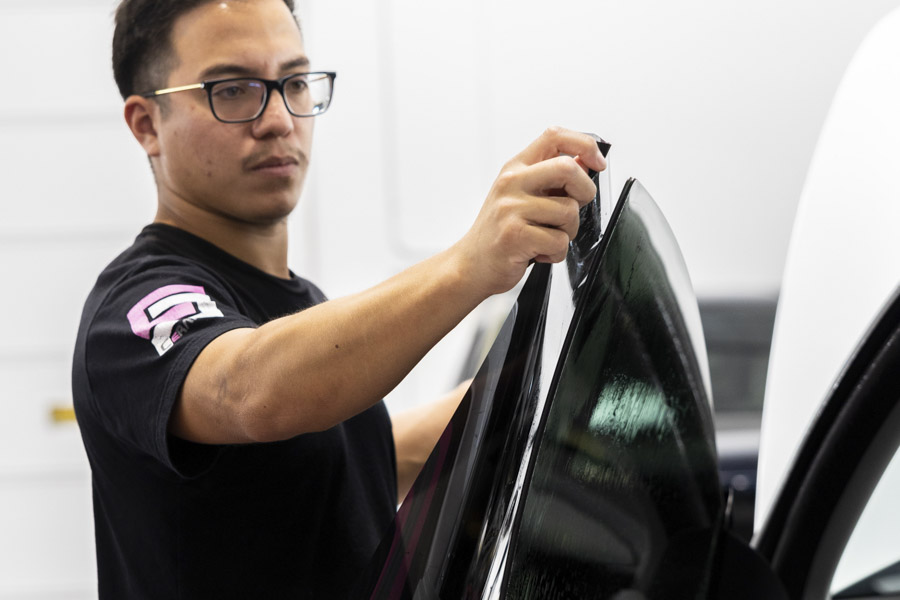
Are you tired of sweltering summers and skyrocketing fuel and energy bills in Kansas City? If so, you might want to consider heat rejecting window tint. This innovative technology not only helps keep your home or office cooler but also reduces energy costs and enhances comfort.
Heat rejecting tint or film that blocks IR from entering the vehicle, is by far the best way to maintain a comfortable temperature inside your vehicle’s interior. Modern IR blocking tints utilize nanoceramic technology to reflect heat producing IR from entering automotive glass.
But here is the cool part – the film doesn’t need to be dark to block IR. So, this leads to the often-asked question, how does heat rejecting window tint work?
Let’s dive into how heat rejecting window tint works and why it’s a smart choice for Kansas City residents.
Heat rejecting window tint, also known as solar control window film, is a thin, multi-layered film applied to the interior surface of windows. Its primary function is to reduce the amount of heat and glare transmitted through the glass while still allowing visible light to pass through.
In years past, this type of benefit for blocking window tint was accomplished by using films that utilized metallic or crystalline particles within the film’s layers. However, this produced some noticeable side-effects – including blocking radio and cell phone signals.
As nanotechnology evolved, proactive window film manufactures like Ceramic Pro began to infuse their tech into the film. This removed the need for metallic and crystalline materials. The result was the world’s first Luxury window tint.
Here’s how ceramic window films work to block IR from entering the vehicle or your property:

When selecting heat rejecting window tint for your Kansas City vehicle or property, consider the following factors:
Heat rejecting window tint is a cost-effective and practical solution for combating the intense Kansas City heat while enhancing energy efficiency and comfort. By reducing heat gain, blocking harmful UV rays, and improving privacy and security, window tinting offers numerous benefits for vehicle owners, along with homeowners and businesses alike.
Whether you’re looking to lower your energy bills, protect your interior furnishings, or simply create a more comfortable indoor environment, heat rejecting window tint is a smart investment. Consider consulting with a professional window tinting service in Kansas City to explore your options and find the best tinting solution for your needs.
Make the smart choice today and start enjoying a cooler, more comfortable space with heat rejecting window tint. Your home or office in Kansas City will thank you for it!
For more information or to schedule a consultation with a professional installer, contact Ceramic Pro Elite West Kansas City directly at 913-213-3373.